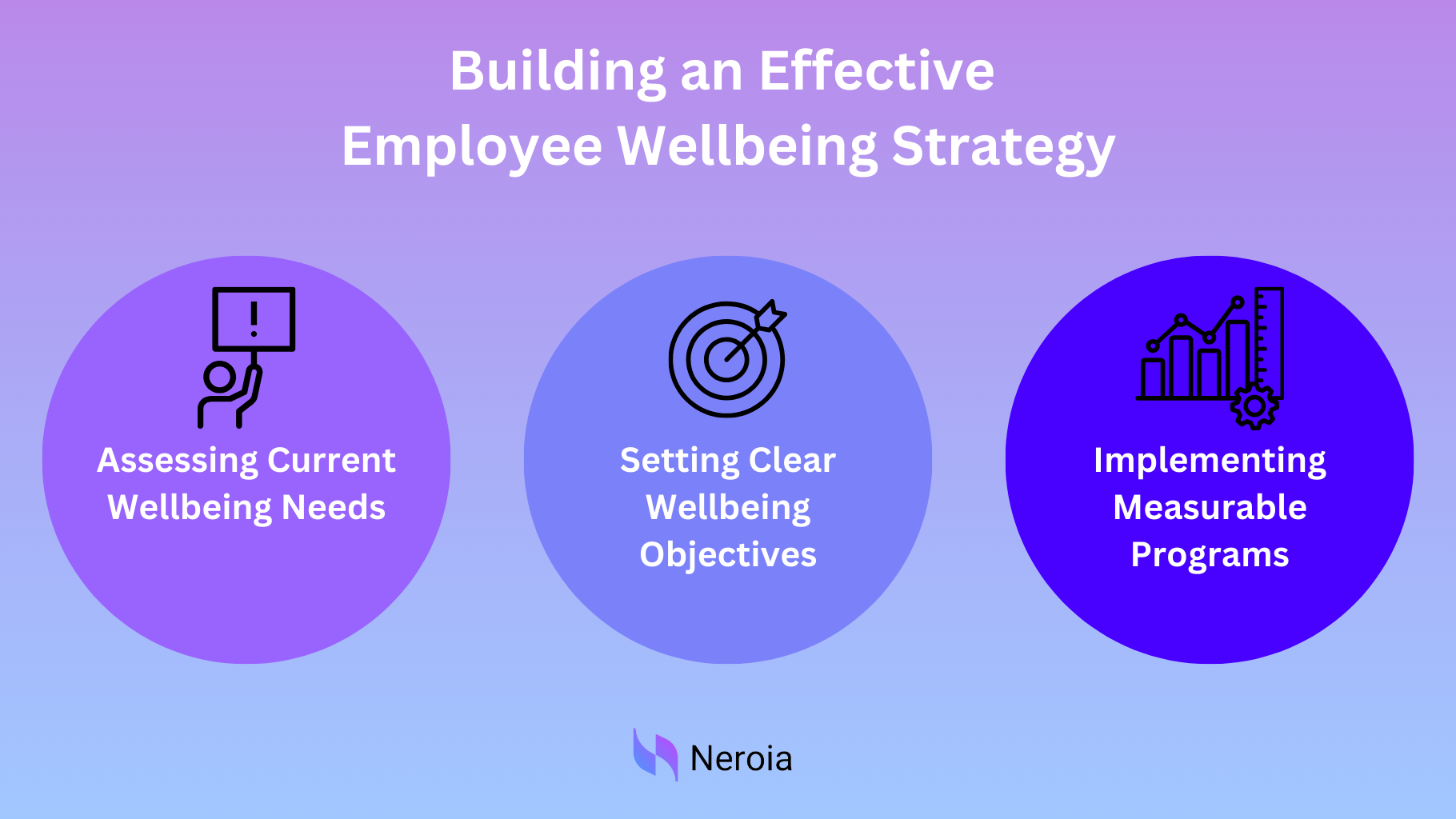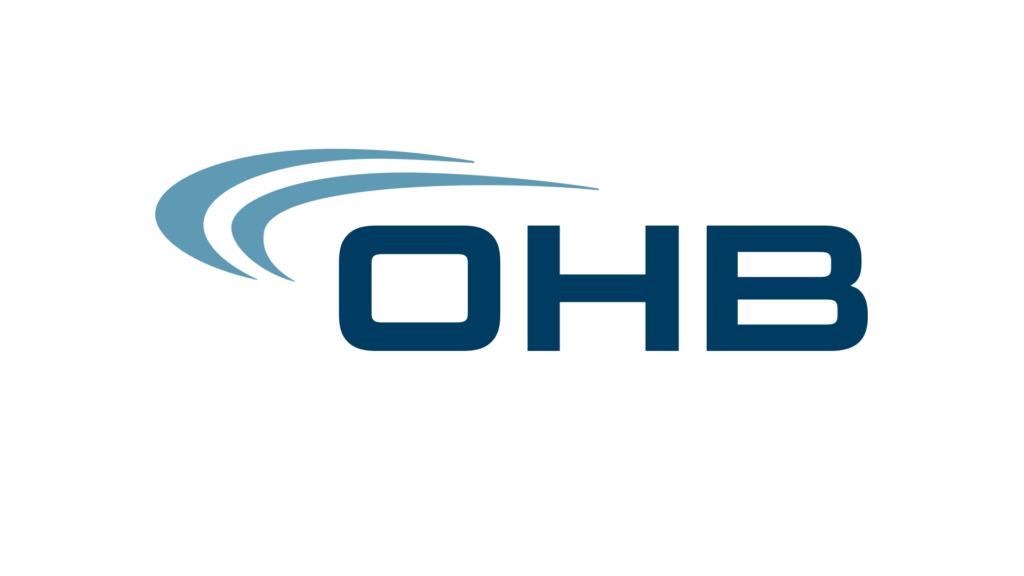In 2025, a remarkable shift is happening in how top companies approach employee wellbeing. While some organizations still cling to outdated wellness programs and generic benefits packages, industry leaders are uncovering a revolutionary truth: the most successful companies aren't just investing more money – they're fundamentally reimagining what workplace wellness means.
Their results are striking: lower turnover, higher engagement, and dramatically improved mental health metrics. But here's what makes this transformation so fascinating: these companies aren't following the traditional playbook.
Instead, they've discovered a completely different approach to employee wellbeing that's changing everything we thought we knew about workplace wellness. What exactly are they doing differently? And more importantly, how can any organization replicate their success?
What is Employee Wellbeing and Why Does it Matter?
Employee wellbeing encompasses far more than just physical health or workplace satisfaction. It represents a holistic approach to creating an environment where people can flourish both professionally and personally. Modern organizations are discovering that when they prioritize comprehensive employee wellbeing, they create a foundation for sustainable success.
The most successful organizations in 2025 understand that employee wellbeing isn't a perk – it's a fundamental business strategy.
Understanding the Five Core Elements of Wellbeing
The concept of workplace wellbeing has evolved to include five essential components that organizations must address:
- Physical Wellbeing: Beyond traditional health benefits, this includes creating opportunities for movement and activity during the workday
- Mental Wellbeing: Supporting psychological safety and stress management
- Social Wellbeing: Facilitating meaningful connections between colleagues
- Financial Wellbeing: Providing resources for financial security and growth
- Professional Wellbeing: Enabling career development and purpose-driven work
The Business Case for Employee Wellbeing
Organizations that invest in employee wellbeing see tangible returns across multiple metrics. Research shows that companies with strong wellbeing programs experience:
| Metric | Impact |
|---|---|
| Employee Retention | 35% higher |
| Productivity | 31% increase |
| Customer Satisfaction | 28% improvement |
| Innovation | 25% boost |
When organizations prioritize employee wellbeing, they don't just create happier employees – they build more resilient and profitable businesses.
Current State of Workplace Wellbeing in 2025
The landscape of workplace wellbeing has transformed dramatically. Traditional, one-size-fits-all approaches have given way to personalized, technology-enabled solutions that recognize individual needs and preferences. Modern employee wellbeing platforms, like Neroia, are leveraging AI to create more organic and meaningful workplace connections, moving away from forced social interactions toward naturally occurring engagement opportunities.
Key Factors Affecting Employee Wellbeing
Understanding the critical factors that impact workplace wellbeing helps organizations develop more effective support strategies. These factors have become increasingly complex in our hybrid work environment.
Workplace Stress and Burnout
The nature of workplace stress has evolved significantly. While traditional stressors remain, new challenges have emerged from digital overwhelm and the blurred boundaries between work and personal life. Organizations must recognize these modern pressures and implement appropriate support systems.
In 2025, the most significant threat to employee wellbeing isn't workload – it's disconnection.
Work-Life Balance Challenges
The concept of work-life balance has been redefined in the age of hybrid work. Employees need flexibility and autonomy to manage their professional and personal responsibilities effectively. This requires a shift from rigid structures to more adaptable frameworks that empower individual choice.
Mental Health in the Modern Workplace
Mental health awareness has moved from the periphery to the center of workplace wellbeing discussions. Organizations are now expected to provide comprehensive mental health support, including access to resources, counseling services, and stress management tools.
Building an Effective Employee Wellbeing Strategy
Creating a successful wellbeing strategy requires a systematic approach that begins with understanding employee needs and ends with measurable outcomes.
Assessing Current Wellbeing Needs
Organizations must start by gathering meaningful data about their employees' current state of wellbeing. This involves both quantitative metrics and qualitative feedback to create a complete picture of workplace needs.
Setting Clear Wellbeing Objectives
Effective wellbeing strategies require specific, measurable goals that align with both employee needs and organizational objectives. These goals should focus on creating sustainable improvements in employee health, engagement, and satisfaction.
Implementing Measurable Programs
Success in wellbeing initiatives comes from implementing programs that can be tracked and measured over time. This includes establishing clear metrics for success and regularly evaluating program effectiveness.

The Role of Leadership in Employee Wellbeing
Leadership plays a crucial role in creating and maintaining a culture of wellbeing within organizations. Their actions and attitudes set the tone for how wellbeing is prioritized throughout the company.
Creating a Supportive Work Culture
Leaders must actively work to create an environment where wellbeing is valued and supported. This includes fostering open communication, encouraging healthy work habits, and removing barriers to accessing wellbeing resources.
Training Managers to Support Wellbeing
Effective wellbeing strategies require managers who are equipped to recognize and respond to employee needs. This involves providing training in emotional intelligence, mental health awareness, and supportive leadership practices.
Leading by Example
Leaders must demonstrate their commitment to wellbeing through their own actions and behaviors. This includes maintaining healthy work-life boundaries, utilizing wellbeing resources, and openly discussing the importance of personal health and wellness.
The most effective leaders don't just promote employee wellbeing – they embody it in their daily practices.
Essential Components of Workplace Wellbeing Programs
Physical Health Initiatives
Organizations increasingly recognize that physical wellness forms the foundation of a thriving workforce. Modern physical health programs extend far beyond traditional gym memberships, embracing a holistic approach that considers various aspects of employee health.
Successful physical health initiatives typically include flexible fitness options that accommodate different schedules and preferences. This might involve on-site fitness facilities, partnerships with local gyms, or virtual workout sessions for remote teams. Companies are also implementing movement-based programs, such as standing desks and walking meetings, to combat the sedentary nature of office work.
Physical wellbeing isn't just about exercise—it's about creating an environment that naturally encourages movement and healthy choices.
Mental Health Support
The importance of mental health support in the workplace has grown exponentially, particularly in the wake of global changes in work patterns. Progressive organizations are implementing comprehensive mental health programs that include:
- Professional counseling services and therapy sessions
- Stress management workshops and mindfulness training
- Regular mental health days and flexible work arrangements
Research shows that companies prioritizing mental health support see improved productivity and reduced absenteeism. The key lies in creating an environment where employees feel comfortable discussing mental health concerns without stigma.
Financial Wellbeing Resources
Financial stress significantly impacts employee performance and overall wellbeing. Forward-thinking organizations are expanding their benefits packages to include robust financial wellness programs. These typically encompass retirement planning assistance, debt management resources, and financial education workshops.
| Financial Wellbeing Component | Impact on Employee Wellness |
|---|---|
| Financial Education | Reduces stress and anxiety |
| Retirement Planning | Increases job satisfaction |
| Debt Management | Improves work focus |
| Emergency Savings Support | Enhances job security |
Measuring and Improving Employee Wellbeing
Key Wellbeing Metrics to Track
Effective measurement of workforce wellness requires a comprehensive approach to data collection and analysis. Organizations should monitor both quantitative and qualitative indicators, including:
- Absenteeism rates and productivity metrics
- Employee engagement scores
- Participation in wellness programs
- Healthcare utilization patterns
Regular assessment of these metrics helps organizations identify trends and adjust their wellness strategies accordingly.
Gathering Employee Feedback
Meaningful improvement in workplace wellness programs relies heavily on direct employee input. Organizations must establish multiple channels for collecting feedback, including anonymous surveys, focus groups, and regular check-ins.
The most effective wellbeing programs are those shaped by continuous employee feedback and adaptation.
Adapting Programs Based on Results
Success in employee wellness initiatives requires agility and responsiveness to feedback. Organizations should regularly review program effectiveness and be prepared to make necessary adjustments. This might involve scaling successful initiatives, modifying underperforming programs, or introducing new elements based on emerging needs.
Future Trends in Employee Wellbeing
Technology and Digital Wellbeing Solutions
The future of workplace wellness is increasingly digital, with AI and machine learning playing pivotal roles in personalizing wellness experiences. Smart platforms are emerging that can predict employee needs and provide targeted support before issues arise.
Digital solutions are particularly crucial for supporting remote and hybrid workforces, ensuring consistent access to wellness resources regardless of location. These platforms often integrate various aspects of wellbeing, from physical fitness tracking to mental health support.
Personalized Wellbeing Programs
The one-size-fits-all approach to employee wellness is becoming obsolete. Future programs will offer highly personalized experiences that consider individual preferences, work patterns, and lifestyle factors. This shift towards personalization ensures higher engagement and better outcomes.
Personalization in employee wellbeing isn't just a trend—it's becoming essential for program success.
Emerging Workplace Wellness Practices
Innovation in workplace wellness continues to evolve, with new practices emerging regularly. These include:
The integration of social connection into wellness programs has become increasingly important, particularly in hybrid work environments. Companies are recognizing that strong social bonds contribute significantly to overall employee wellbeing.
As organizations look to implement these emerging trends, platforms like Neroia are leading the way by offering AI-driven solutions that naturally integrate social wellbeing into the workplace, creating more connected and engaged teams through personalized experiences and organic relationship building.




